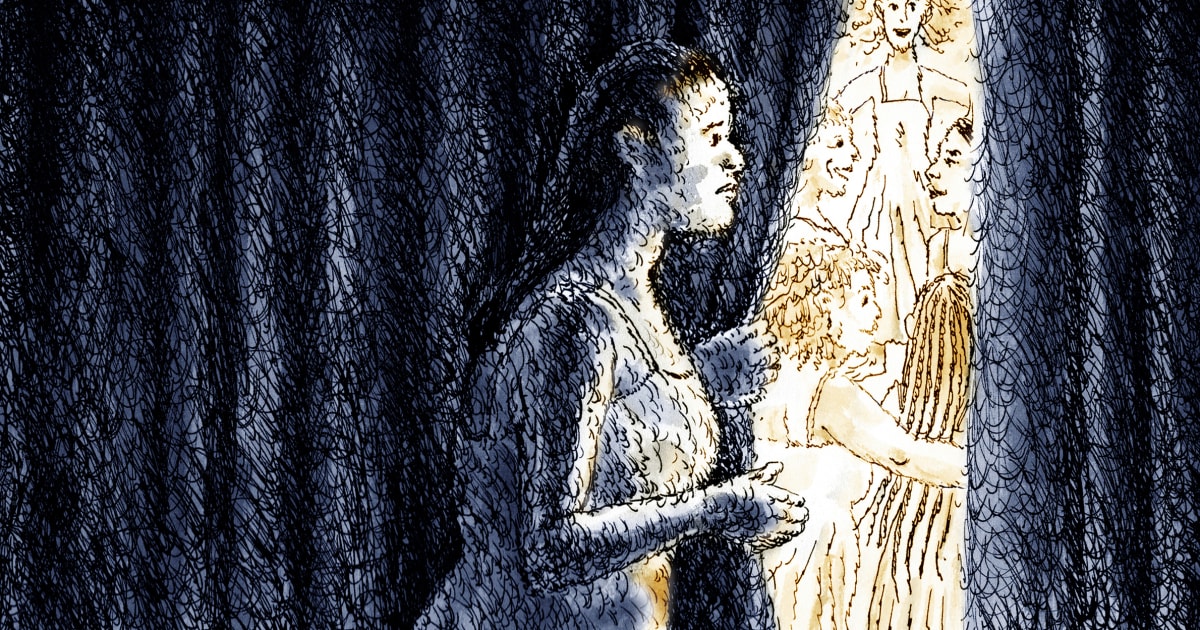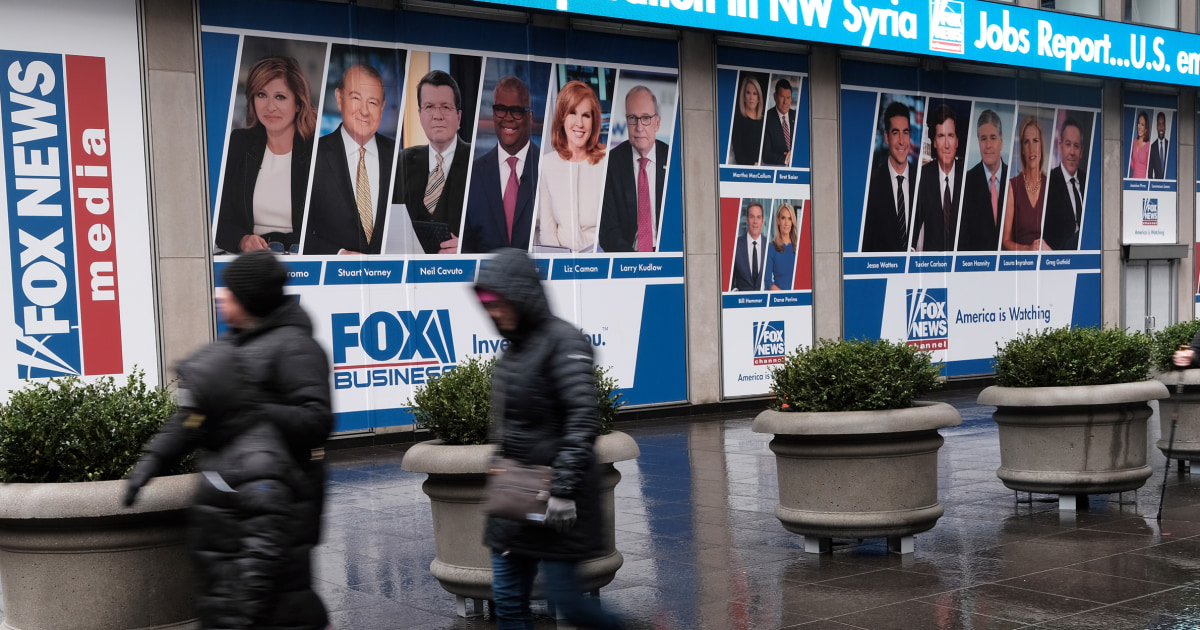Hollywood learns the wrong lesson from ‘Titanic’
“Saturday Night Live” has voiced the dismay of movie fans as actor Pete Davidson and his crew unleashed Rap Song “Short Film” last weekend. The quartet lamented the fact that the monster ran so many times in its many viewing options that their eyes were glazed over. They joked about the double VHS release and pondered why “Sex and the City 2” is 19 minutes longer than “Jurassic Park.”
Ironically, some people think that the nearly three-and-a-half-minute skit itself could be shorter, but it’s still effective in making their point. So much so that Netflix created a “Short Film” section two days laterthere are dozens of more compact releases from a variety of genres.
Simply put: Davidson’s critique was spot on and far from coming (pun intended).
While the average length of the movie is two hours back to the 1950s and 60s, they began to decrease in length from the 1970s to the mid-1980s (admittedly when I was young and developing my film sensibility). Back then, a lot of movies fell within the 90- to 100-minute limit, which is an appeal Davidson is advocating. And, by the way, that’s not really short – 75 to 80 minutes is B-movies from the 1950s and 1960s display in dual features.
We live in an age dominated by action, fantasy, sci-fi, and superhero series, which means it’s hardly necessary that every movie has to be lengthy. .
Part of the reason the movie has a shorter running time until the 1980s professional quality VHS tapes can only hold two hours of material value. Longer movies that require a bulkier double VHS set look tough. Also, if everyone was going to have a big movie night, the industry could make more money renting two titles instead of one (subscription services today have made pay-per-movie less expensive). more relevant).
Longer screen times in the 1980s were often reserved for event films, such as historical biography or Super hero or sci-fi/fantasy Epic – hit paintings brought big box office revenue or a lot Oscar. (But even then, a lot of them only 90 to 120 minutes longand remain satisfied and successful.)
Then there’s “Titanic”. The 1997 mega-blockbuster opened by proving that a 3 hour 14 minute story (similar in length to much older classics like “Lawrence of Arabia”) could once again become a defiant rogue opposers. Four years after it became highest-grossing film ever (until 2009’s “Avatar”)), the series began to grow, including “The Lord of the Rings,” “Harry Potter,” and “The Hunger Games,” pushing the 135- to 150-minute average to the new standard.
There are other reasons for this time-long trend: often watch TV series now and am used to longer sit-down sessions. And the development of digital projection has eliminated need bulky film roll, so movies of any length can easily be shown in multiple theaters at the same multiplex system. Meanwhile, watching at home allows viewers to press the pause button to go to the bathroom or take a snack break during marathon sessions.
Either way, we now have a movie or two that are almost cult hits Every. Bizarre. Weekend. We are living in an era dominated by superhero, fantasy, sci-fi and action series, which means it’s hardly necessary for every movie to have an extended run to be effective. (Great case in point: “Venom: Let There Be Carnage” is 97 minutes in 2021.)
Unfortunately, with extended production being so common now, other genres have also been infected. Judd Apatow’s Comedies, which almost always runs for more than two hours, is frequently criticized for being too long. In his skit, Davidson even mocked his own Apatow movie, “The King of Staten Island,” which ran for 2 hours and 17 minutes. (“But we need all of that,” he said.)
Guillermo del Toro’s recent remake of the classic film noir “Nightmare Alley” run longer than 40 minutes compared to the original in 1947. The irony ending it created ended up being deflated. The “Fast & Furious” series is no longer fast or intense – the last five installments take an extra 30 minutes averaged past the first four seasons and the many extra action sequences didn’t make them any better. And don’t make me start with musicals.
It seems that some filmmakers are serving their own attachment to their work rather than their audience. It’s one of the reasons why we’re cutting directors – however, even those have mostly been turned into paychecks by studios to boost home video sales. (Worst example: Cut the climbing wizard performance in “Return of the King” from the theatrical cut.)
In some cases, I get it. The 181-minute “Avengers: End Game” is the culmination of Marvel’s massive 22-movie cycle. James Cameron Really Underrated “The Abyss” benefit from 26 additional minutes added special version. And certain feature-length films are incomparably profitable: “2001: A Space Odyssey,” at 148 minutes, is my all-time favorite. But for every masterpiece, there are plenty of other modern films cluttered with unnecessary subplots, overly lengthy action sequences, and sometimes double (or even triple) endings that leave many in we feel surprised.
Perhaps some of that has to do with our hyper-dimensional mentality, in which everything from food to movies is supposed to give us “value for our money.” But bigger isn’t always better. There’s a lot of joy to be found in re-watching a movie you love, such as a great hit song, that always leaves you wanting more than it makes you feel crammed.
at Blogtuan.info – Source: nbcnews.com – Read the original article here



